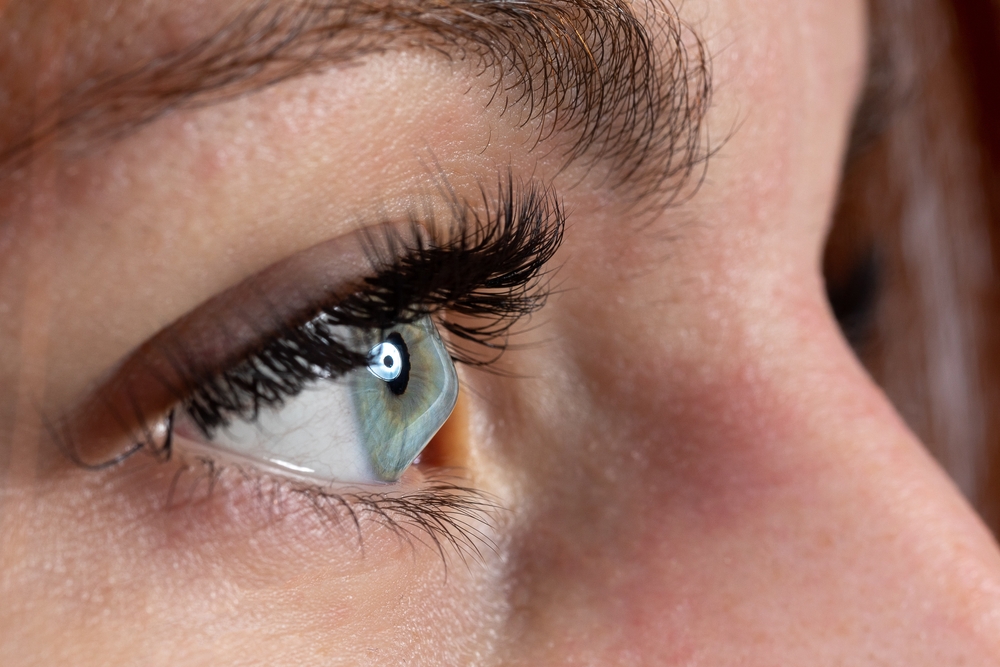Keratoconus is a progressive eye condition that causes the cornea, the clear front part of the eye, to thin and become irregularly shaped. This distortion affects the way light enters the eye, leading to various vision problems. Understanding the symptoms and causes of keratoconus is crucial for early detection and effective management of this condition.
Keratoconus typically begins in the teenage years or early 20s and can continue to worsen over time. The condition affects both eyes, although the progression may vary between them. As the cornea becomes more irregularly shaped, it can lead to significant vision impairment, making everyday tasks like reading, driving, and even recognizing faces more challenging.
Understanding the Causes of Keratoconus
The exact cause of keratoconus is not fully understood, but it is believed to be a combination of genetic and environmental factors. Some of the potential contributing factors include:
• Genetic predisposition: Keratoconus has been found to have a hereditary component, with a higher incidence in individuals with a family history of the condition.
• Eye rubbing: Excessive and vigorous eye rubbing, either due to allergies, dry eyes, or other reasons, can contribute to the progression of keratoconus.
• Oxidative stress: Imbalances in the body's antioxidant systems may play a role in the weakening and thinning of the cornea.
• Eye injuries: Traumatic eye injuries, even minor ones, can also trigger the onset or worsen the progression of keratoconus.
Understanding the potential causes of keratoconus can help individuals take proactive steps to manage the condition and prevent further vision deterioration.
Common Symptoms of Keratoconus
Keratoconus often presents with a variety of symptoms that can worsen over time. Some of the most common symptoms include:
• Blurred or distorted vision: As the cornea becomes irregularly shaped, it can cause light to scatter and refract unevenly, leading to blurred, distorted, or double vision.
• Increased sensitivity to glare and light: The irregular cornea can cause increased sensitivity to bright lights, making it difficult to drive at night or function in well-lit environments.
• Frequent changes in eyeglass or contact lens prescriptions: The progressive nature of keratoconus often requires frequent updates to your vision correction, as your prescription may change regularly.
• Eye strain and fatigue: The constant effort to focus and adjust to the changing vision can lead to eye strain, headaches, and general fatigue.
• Halos or ghosting around lights: The irregular cornea can cause the appearance of halos or multiple images around bright light sources, such as streetlights or car headlights.
The severity and progression of symptoms can vary from person to person, and some individuals may experience more pronounced symptoms than others.
Diagnosing Keratoconus
Diagnosing keratoconus typically involves a comprehensive eye examination by an optometrist. The diagnosis process may include the following:
• Visual acuity test: This test measures your ability to see clearly at various distances, which can help identify any vision distortions caused by keratoconus.
• Corneal topography: This imaging technique creates a detailed map of the cornea's shape, allowing the eye care provider to detect any irregularities or thinning.
• Slit-lamp examination: Using a specialized microscope, the eye care provider can examine the cornea and other structures of the eye to look for signs of keratoconus.
• Keratometry: This measurement evaluates the curvature of the cornea, which can help confirm the presence and severity of keratoconus.
• Corneal thickness measurement: Measuring the thickness of the cornea can provide valuable information about the progression of the condition.
Early diagnosis is crucial, as it allows for timely intervention and the implementation of appropriate treatment strategies to manage the condition and prevent further vision loss. The choice of treatment will depend on the individual's specific needs, the stage of the condition, and the advice of the eye care provider. Regular follow-up appointments are crucial to monitor the progression of keratoconus and make any necessary adjustments to the treatment plan.
Managing Keratoconus with Contact Lenses
For many individuals with keratoconus, contact lenses can be an effective way to manage the condition and improve visual acuity. However, finding the right type of contact lens can be a challenging process, as the irregular shape of the cornea requires specialized lenses. Some of the contact lens options for keratoconus include:
• Rigid gas-permeable (RGP) lenses: These hard, custom-fitted lenses can help to correct the irregular corneal shape and provide clear vision.
• Scleral lenses: These large-diameter lenses rest on the white part of the eye (sclera) and vault over the irregular cornea, creating a smooth, uniform surface for light to pass through.
• Hybrid lenses: These lenses combine a rigid central zone with a softer, more flexible outer ring, providing the benefits of both RGP and soft contact lenses.
• Piggyback lenses: In some cases, a soft contact lens may be worn over an RGP lens to improve comfort and tolerance.
Working closely with your eye care provider is crucial in finding the right contact lens solution that provides the best possible vision and comfort for your individual needs.
Schedule Your Comprehensive Eye Exam with Eyes on Preston Park Today
Keratoconus is a complex and progressive eye condition that can significantly impact an individual's visual function and quality of life. However, with early diagnosis, proper treatment, and ongoing management, many people with keratoconus can maintain good vision and continue to live active, fulfilling lives.
If you are experiencing any of the symptoms of keratoconus, schedule an eye exam with Eyes on Preston Park. Early detection and treatment can help preserve your vision and prevent further progression of the condition. Visit our office in Plano, Texas, or call (972) 519- 0006 to book an appointment today.












